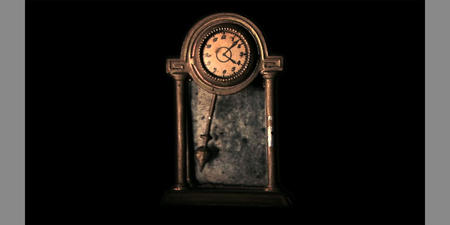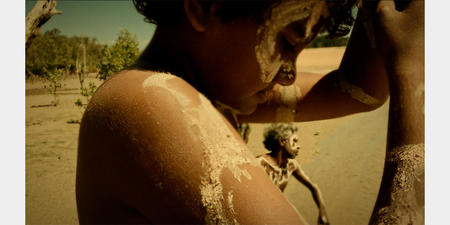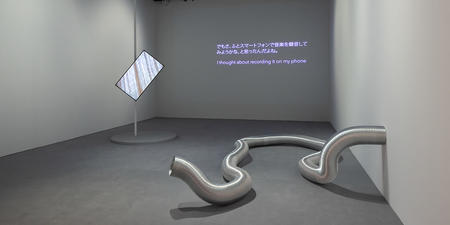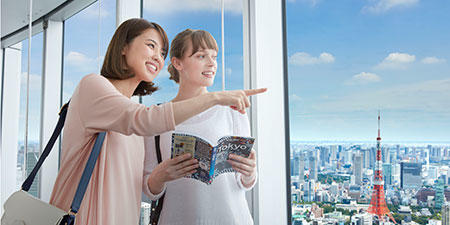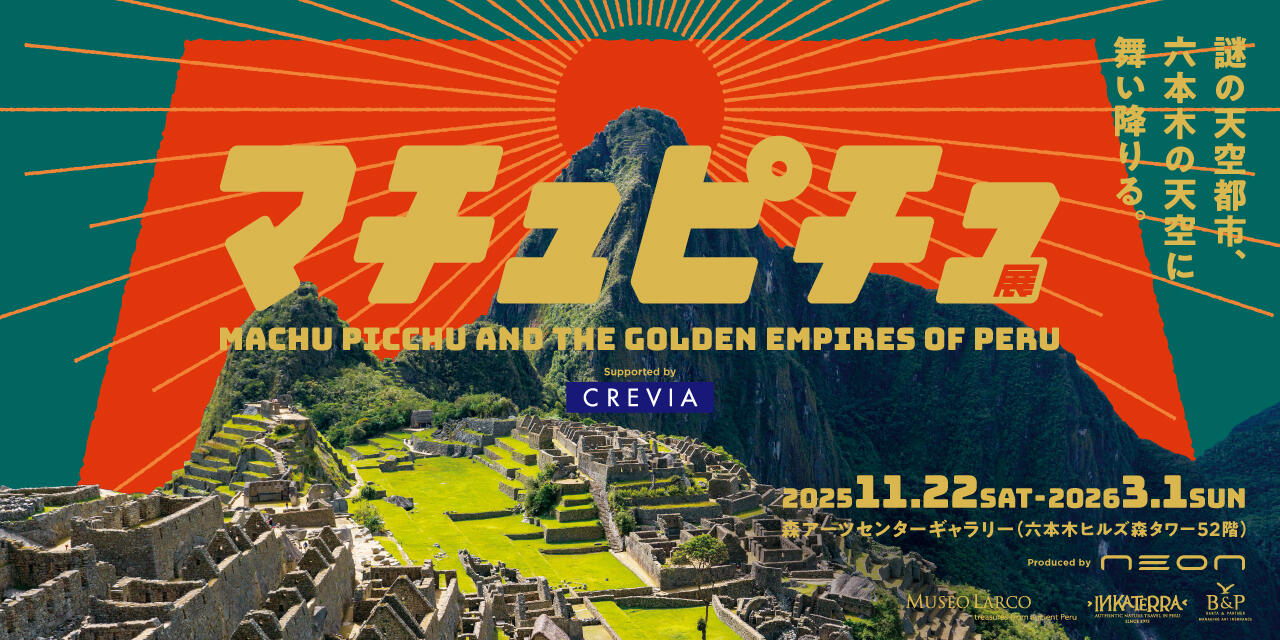Chapter 1: All Is Connected
In this exhibition, “ecology” does not begin and end with “the environment.” Everything on our planet, living or otherwise, is part of a cycle of sorts, and through that cycle everything, tangible and intangible, is connected. This first chapter presents works by contemporary artists who give expression to that cycle and the process of connection in different ways.
Hans Haacke’s photographic documentation taken from the perspective of connecting social and economic systems with ecosystems such as animals and plants, and a large installation by Nina Canell, providing a chance for visitors to experience vicariously the process by which the organic material of seashells is converted into the construction material of cement, remind us of how we too are part of the world’s grand, intricately-entwined cycles: its ecologies.
In this exhibition, “ecology” does not begin and end with “the environment.” Everything on our planet, living or otherwise, is part of a cycle of sorts, and through that cycle everything, tangible and intangible, is connected. This first chapter presents works by contemporary artists who give expression to that cycle and the process of connection in different ways.
Hans Haacke’s photographic documentation taken from the perspective of connecting social and economic systems with ecosystems such as animals and plants, and a large installation by Nina Canell, providing a chance for visitors to experience vicariously the process by which the organic material of seashells is converted into the construction material of cement, remind us of how we too are part of the world’s grand, intricately-entwined cycles: its ecologies.
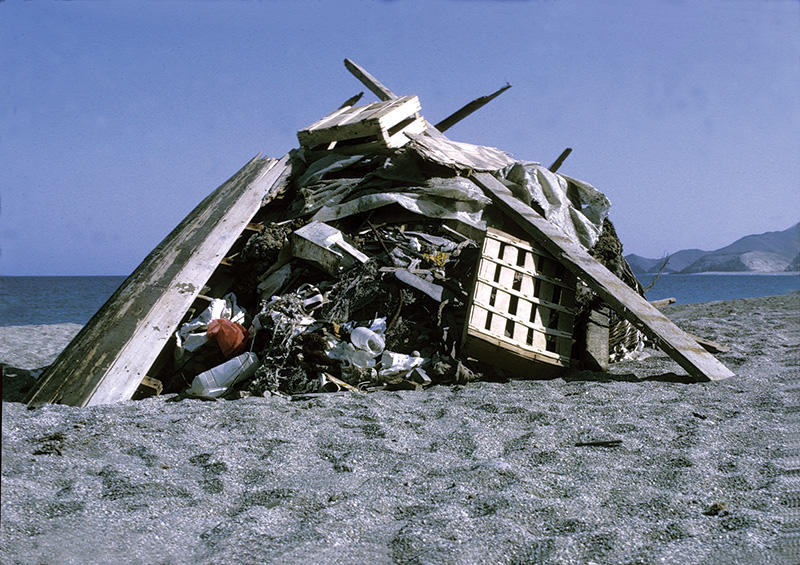
Monument to Beach Pollution (detail from Untitled, 1968-1972/2019)
1970
Digital C-print
33.7 x 50.8 cm
Courtesy: Paula Cooper Gallery, New York
© Hans Haacke / Artists Rights Society (ARS), New York
Chapter 2: Return to Earth - Art & Ecology in Japan, 1950s-1980s
During its postwar era of high-growth Japan suffered from serious environmental problems triggered by natural disaster, industrial pollution, and radioactive waste. As a regional environmental art history, this chapter centers works by Japanese artists and their engagement with environmental issues over the decades, set out in chronological order from the 1950s through the ’60s, ’70s and ’80s, simultaneously tracking major developments in expressive technique.
Works featured include Katsura Yuki’s painting Man and Fish (1954), which deals with the exposure of the Japanese fishing boat Daigo Fukuryu Maru (“Lucky Dragon No. 5”) to nuclear fallout near Bikini Atoll and Nakanishi Natsuyuki’s Compact Object (1966/1968), in which used everyday items are packed in egg-shaped acrylic resin. Also, Return to Earth (1971) by Koie Ryoji, who used dirt to make works on nuclear and anti-nuclear themes, shows the artist’s own face baked into earth, crumbling away back into the soil, while Taniguchi Gaho reproduces an ikebana flower arrangement she created in the 1980s, expressing the relationship between nature and humans.
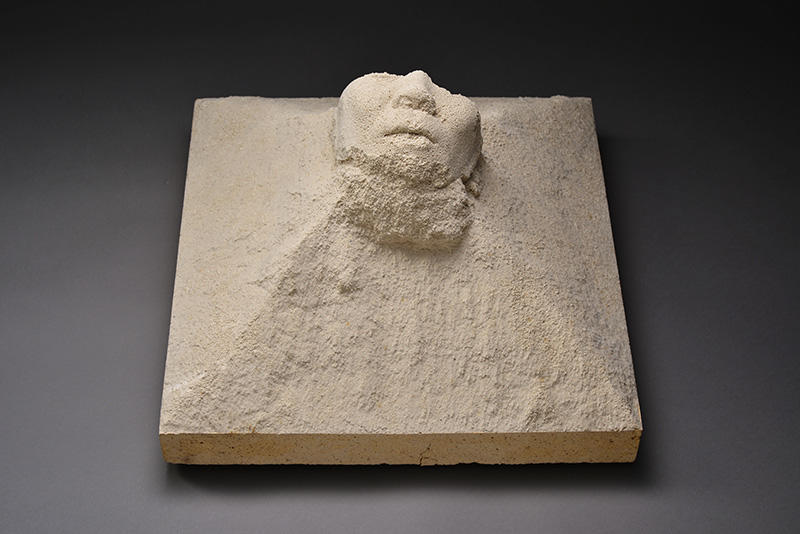
Return to Earth (1)
1971
Pulverized Porcelain
32 x 50 x 50 cm
Collection: Tokoname City (Aichi, Japan)
Photo: Ito Tetsuo
Chapter 3: The Great Acceleration
Homo sapiens has availed itself of all the planet’s available resources to advance civilization and propel industrialization, modernization, and globalization. Yet as the suggested geological classification of “Anthropocene” proposes, accelerated advances in science and technology and industrial society since the industrial revolution have changed the Earth’s environment in a very short space of time. This chapter takes a fresh look at the relationship between humans and the Earth’s resources from a broader perspective, analyzing these pressing issues for humanity from a critical viewpoint in works that address the cultural and historical underpinnings of the current state of the world.
Monira Al Qadiri’s new work on the theme of cultured pearls shows the dreams and desires of humans interfering deeply in a natural ecosystem. Meanwhile, Yasura Takeshi expresses different timelines by juxtaposing slag obtained by melting rubbish at a high temperature to marble formed naturally over millions of years. Other works in this chapter, ranging thematically across ancient myth and personal experience, social and environmental issues, also point to the diverse links between human existence and planetary resources.
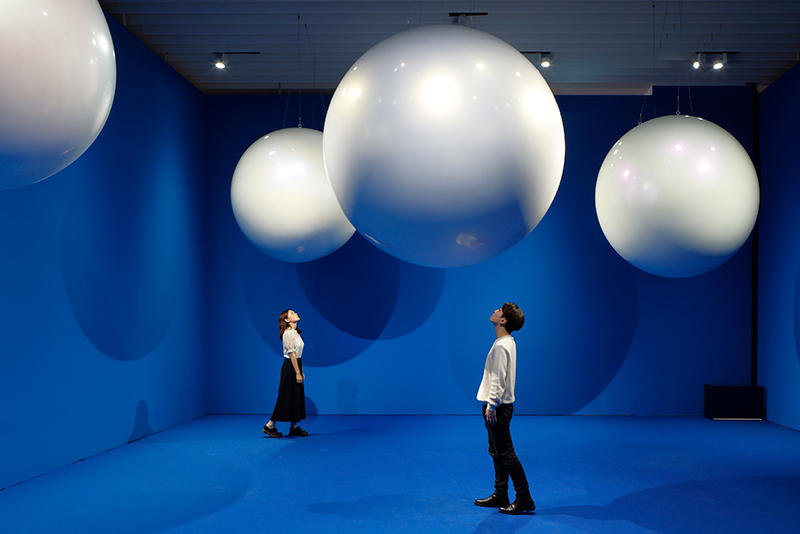
The Disturbance
2023
Fiberglass, automotive paint, and sound
Dimensions variable
Music: Fatima Al Qadiri
Installation view: Our Ecology: Toward a Planetary Living, Mori Art Museum, Tokyo, 2023-2024
Photo: Kioku Keizo
Chapter 4: The Future Is within Us
The current environmental crisis is the outcome of our own personal choices - and to break our current impasse will require us as humans to change our way of being. What options remain for the future? This chapter attempts to reframe the future, and reflect on the forms of intelligence we should rely on, be that by taking in and utilizing the knowledge of non-western worldviews, expressing doubts about modernist progress and principles of endless growth, activism/advocacy, adopting indigenous and feminist perspectives, spirituality, or exploring the potentials and risks of digital innovation.
Agnes Denes questioned developmentalism back in 1982 by making a wheatfield materialize in Manhattan. Jef Geys’ project with the Roppongi Hills community makes us look at weeds differently, as a tool for healing.
Saijo Akane’s ceramic vessels, resembling musical instruments shared and played by multiple people, suggest new possibilities for coexistence. In Ian Cheng’s work, AI-simulated turtle “Thousand” evolves, as it moves around and responds to changing conditions to meet various requirements for survival.
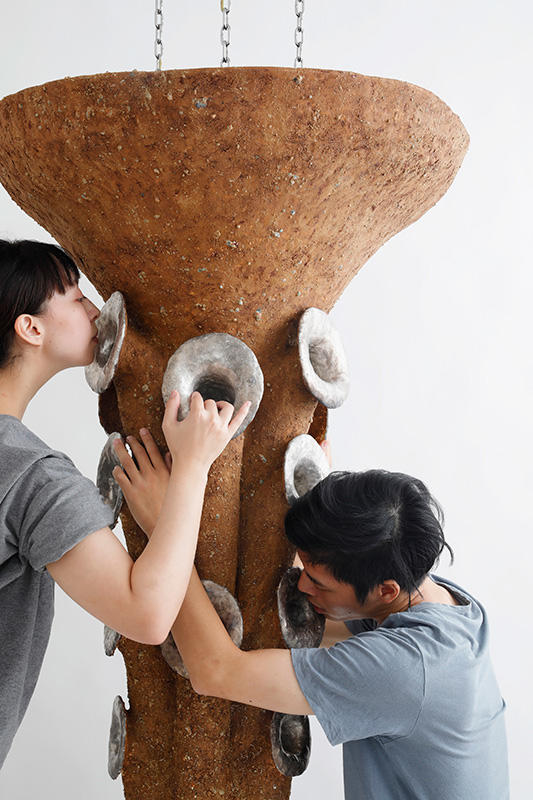
Orchard
2022
Ceramic
130 x 82 x 82 cm
Installation view: Phantom Body, ARTCOURT Gallery, Osaka, 2022
Photo: Koroda Takeru



